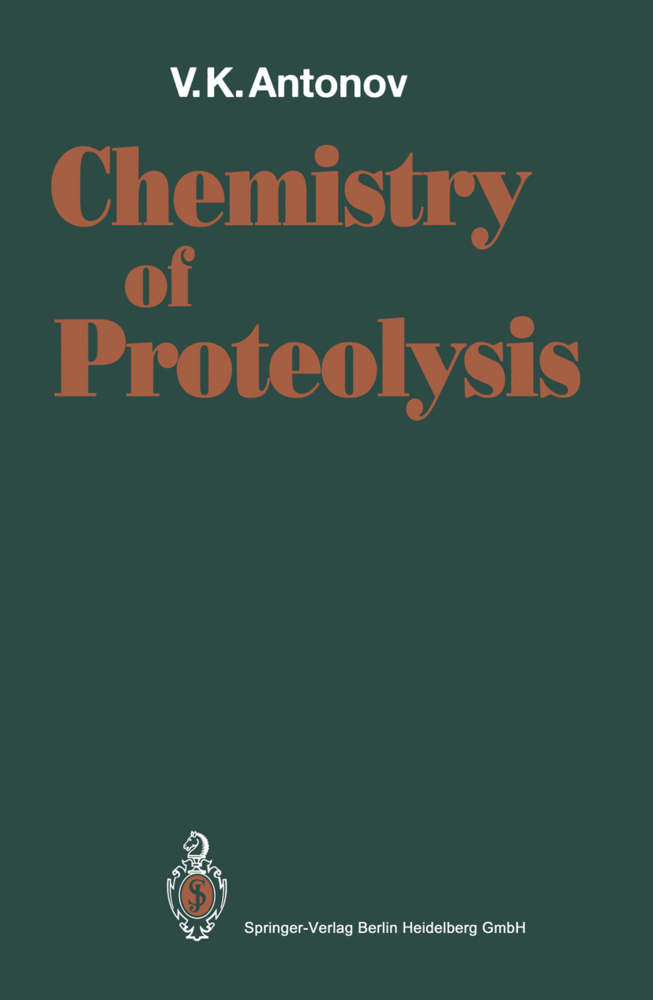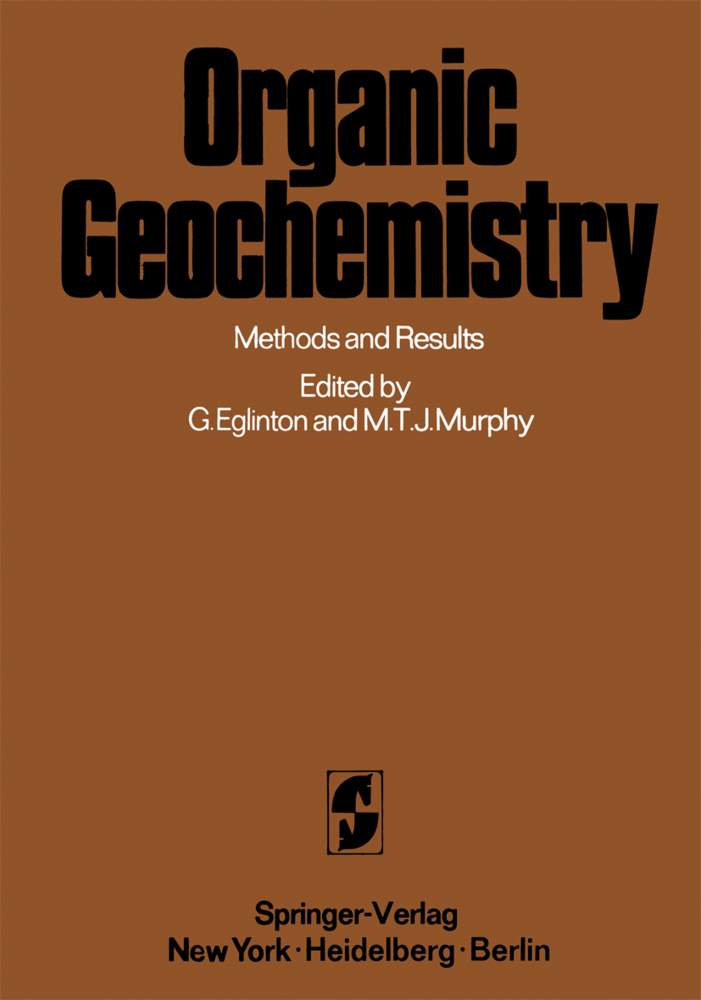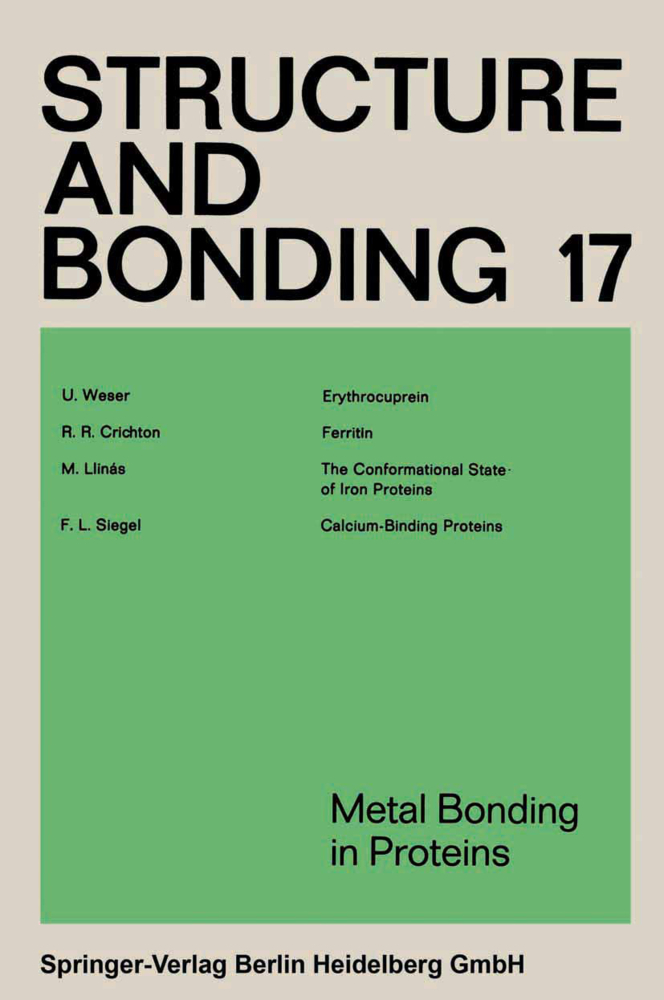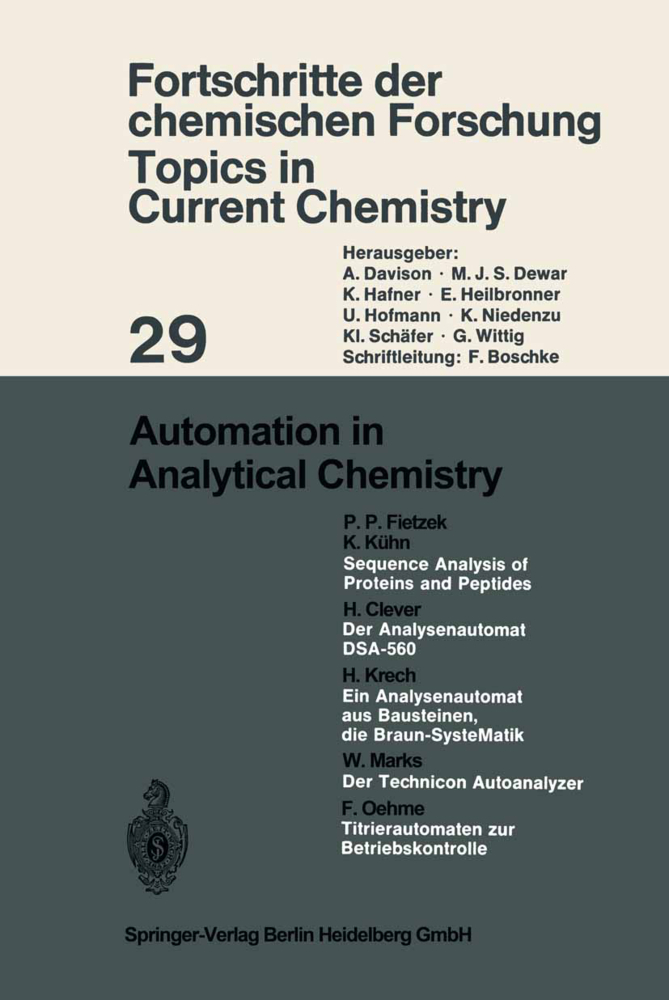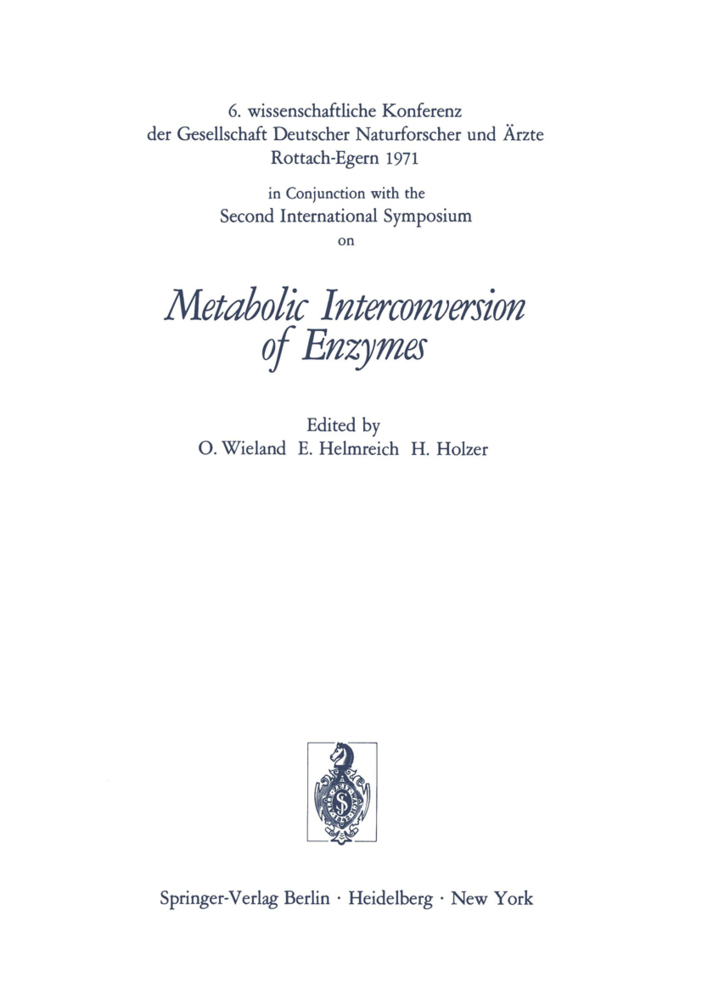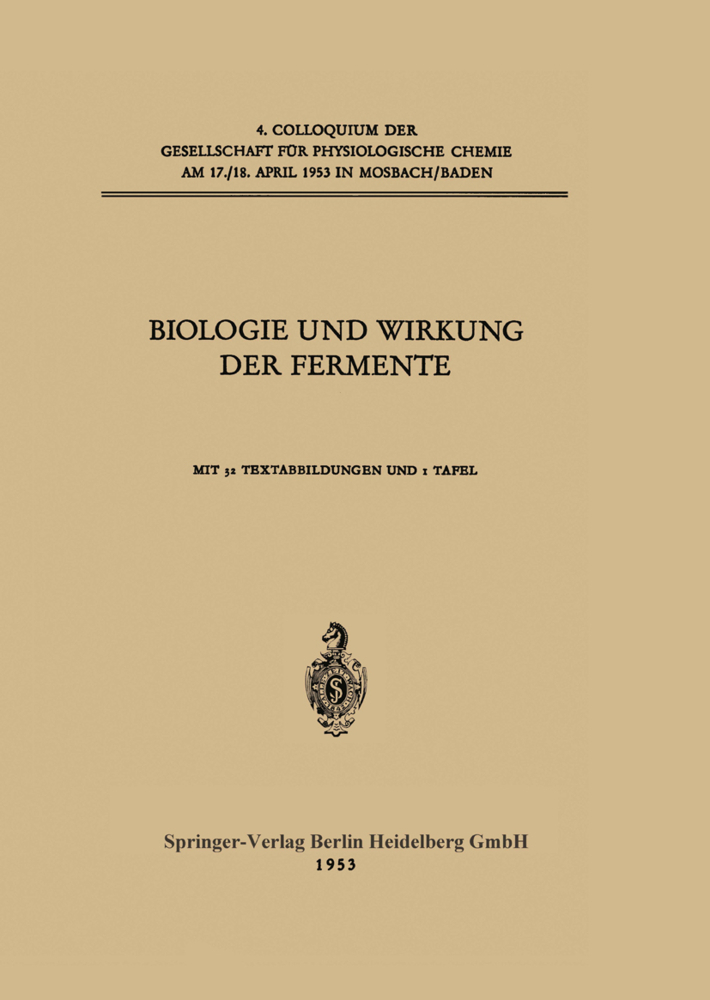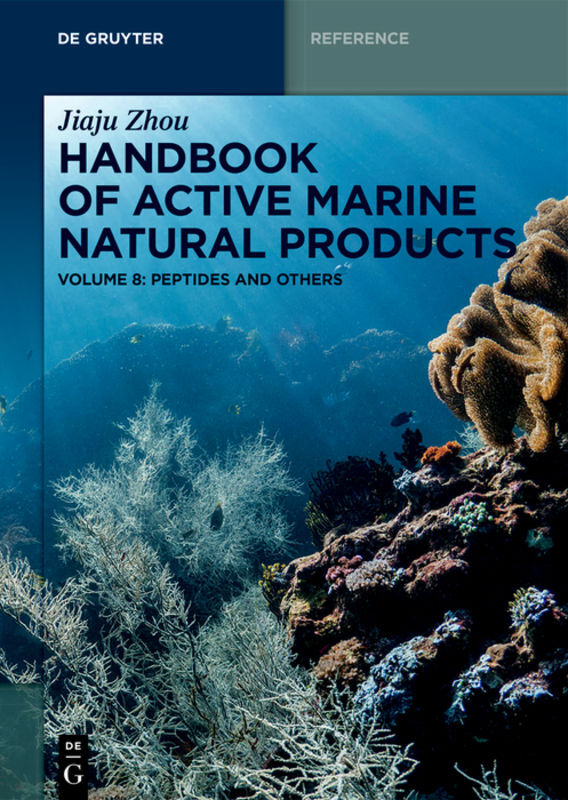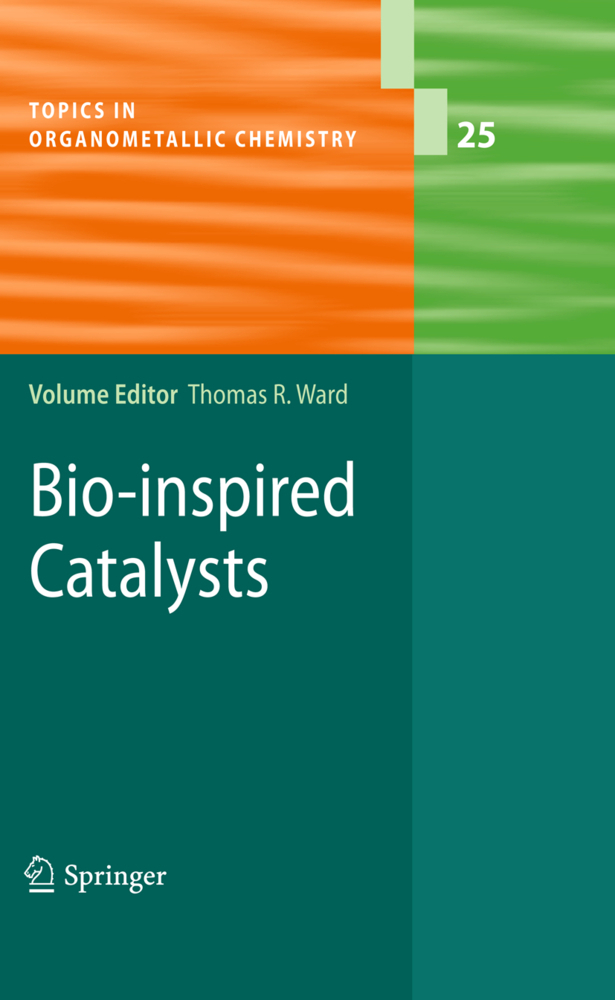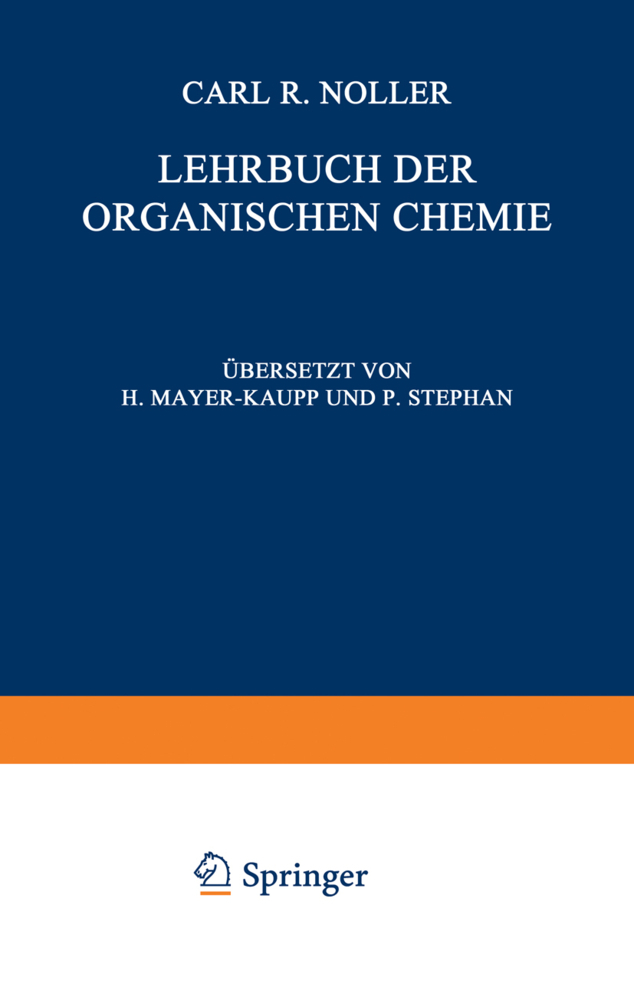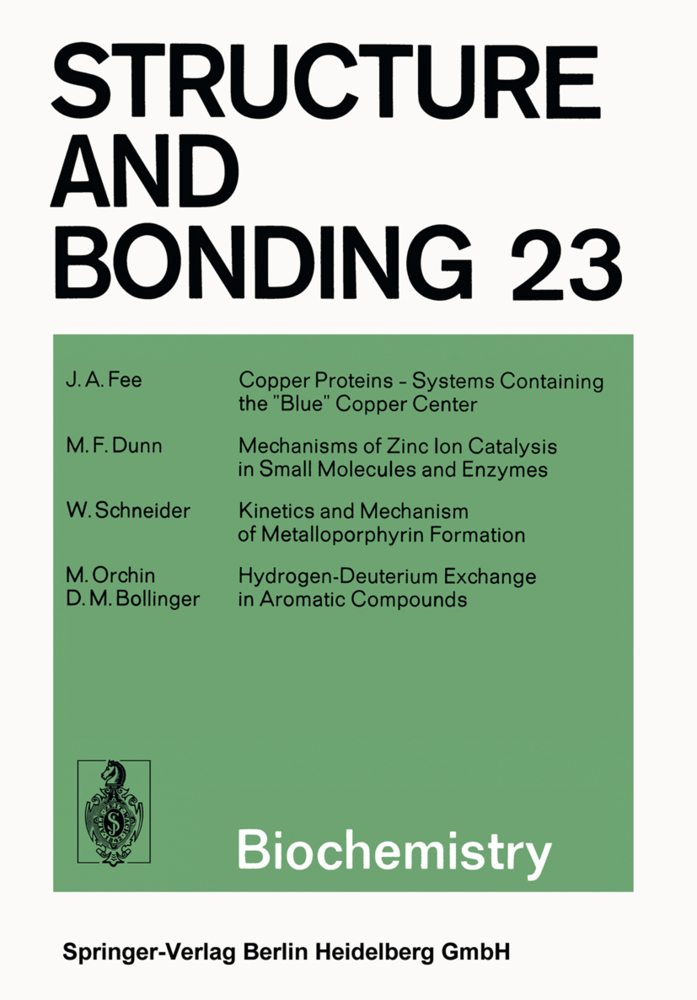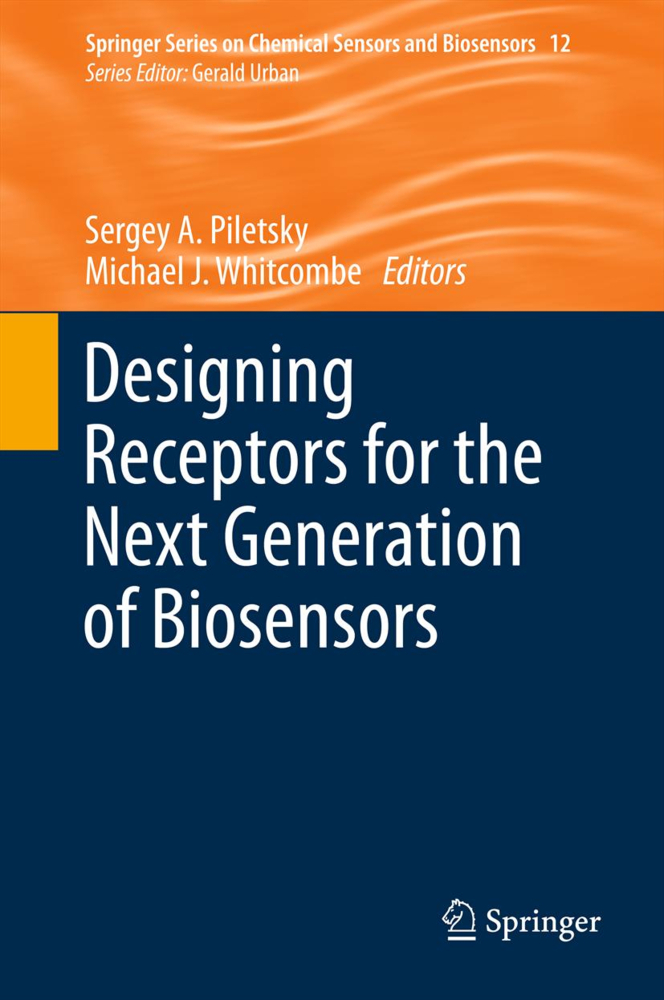Chemistry of Proteolysis
Chemistry of Proteolysis
A first edition of this book appeared in Russian language in 1983. Since those days the interest in proteolytic enzymes has acquired a new impulse due to advances in genetic engineering techniques, which facilitated structural and func tional studies of the enzymes. Much more data on a crucial role of proteases in biological processes in norm and pathology are available now. Information that appeared in the past 8 years prompted a renewal of the book and furnishing a supplement especially made for the English edition. The book retains the presentation of the previous edition and yet enlarges the scope to cover the methods for site-directed mutagenesis of amide hydrolases, catalyti cally active antibodies, etc. I have tried to preserve the book as a means of reference for the reader. A list of enzymes has been expanded and the biblio graphy up to 1990 enlarged by half as much. I am grateful to the translators T. E. Chernichko, N. 1. Loboda and my co worker Dr. S. L. Alexandrov for their assistance in the preparation ofthis edition and I feel happy that my book is now available for enzymologists abroad.
1.2 Amide Group
1.3 Unusual (Nonpeptide) Amide Bonds and Other Bonds of Carboxylic Acid Derivatives
1.4 Derivatives of Amino Acids and Peptides
1.5 Proteins as Substrates of Proteases
1.6 Water
1.7 Conclusion
2 Enzymes
2.1 Classification
2.2 Distribution
2.3 Characteristics of Certain Types of Amide Hydrolases
2.4 Primary Structure
2.5 Spatial Structure
2.6 Active Sites
2.7 Conformational Mobility of Enzymes
2.8 Proteolytic Activity of Enzymes Other than Amide Hydrolases. Catalytically Active Antibodies
2.9 Conclusion
3 Nonenzymatic Hydrolysis. Models
3.1 Thermodynamics
3.2 Kinetics
3.3 Mechanism
3.4 Catalysis
3.5 Conclusion
4 Enzyme Hydrolysis. Phenomenology
4.1 Enzyme Kinetics
4.2 Relationship of Rate and Equilibrium
4.3 Specificity
4.3.3 Stereospecificity
4.4 Efficiency
4.5 Comparison of Amide Hydrolase Efficiency and Specificity
4.6 Effect of Amide Hydrolases Modification on the Activity
4.7 Synthetic Activity of Amide Hydrolases
4.8 Unusual and Side Reactions Catalyzed by Amide Hydrolases
4.9 Conclusion
5 Regulation and Effect of External Factors
5.1 Zymogens and Their Activation
5.2 The Influence of pH
5.3 The Influence of Ions and Ionic Strength of the Solution
5.4 The Effect of Organic Solvents
5.5 The Kinetic Isotope Effect of the Solvent
5.6 The Effect of Temperature and Pressure
5.7 Cryoenzymology of Amide Hydrolases
5.8 Micellar Enzymology
5.9 Inhibitors
5.10 Activation
5.11 Allosteric Effectors
5.12 Autolysis
5.13 Conclusion
6 Enzyme-Substrate Complexes
6.1 The Forces of Interaction
6.2 Kinetics of the Complex Formation
6.3 Thermodynamics
6.4 Conformational Changes
6.5 Structure of the Complexes
6.6 Evaluation of the Overall Energy of the Enzyme-Substrate Interaction
6.7 Conclusion
7 Chemical Transformation of the Substrate
7.1 The State of Catalytically Active Groups
7.2 The Charge Relay System
7.3 The State of the Cleavable Substrate Group
7.4 Covalent or General Base Catalysis?
7.5 Electrophile
7.6 Nucleophilic Attack. Elementary Step
7.7 Tetrahedral Intermediate
7.8 Proton Transfer and Decomposition of Tetrahedral Intermediate
7.9 Acylenzymes and Enzyme-Product Complexes
7.10 Comparison of Enzymatic Hydrolysis Mechanisms
7.11 Some Aspects of Evolution of Chemical Mechanisms of Amide Hydrolases
7.12 Conclusion
8 Specificity and Efficiency. Concepts and Hypotheses
8.1 General Considerations
8.2 Factors of Catalysis
8.3 Theories and Hypotheses. Destabilization of the Ground State
8.4 Stabilization of the Transition State
8.5 Enzyme - "Machine"
8.6 Quantum-Chemical Description of Enzymatic Reactions
8.7 "Ideal" Enzyme
8.8 Ground State of the Elementary Step of Enzymatic and Model Reactions
8.9 Enzyme Does Not Decrease Activation Energy of the Elementary Step of the Chemical Reaction
8.10 Approaches to the General Theory of Proteolysis
8.11 Conclusion
References.
1 Substrates
1.1 General Characteristics1.2 Amide Group
1.3 Unusual (Nonpeptide) Amide Bonds and Other Bonds of Carboxylic Acid Derivatives
1.4 Derivatives of Amino Acids and Peptides
1.5 Proteins as Substrates of Proteases
1.6 Water
1.7 Conclusion
2 Enzymes
2.1 Classification
2.2 Distribution
2.3 Characteristics of Certain Types of Amide Hydrolases
2.4 Primary Structure
2.5 Spatial Structure
2.6 Active Sites
2.7 Conformational Mobility of Enzymes
2.8 Proteolytic Activity of Enzymes Other than Amide Hydrolases. Catalytically Active Antibodies
2.9 Conclusion
3 Nonenzymatic Hydrolysis. Models
3.1 Thermodynamics
3.2 Kinetics
3.3 Mechanism
3.4 Catalysis
3.5 Conclusion
4 Enzyme Hydrolysis. Phenomenology
4.1 Enzyme Kinetics
4.2 Relationship of Rate and Equilibrium
4.3 Specificity
4.3.3 Stereospecificity
4.4 Efficiency
4.5 Comparison of Amide Hydrolase Efficiency and Specificity
4.6 Effect of Amide Hydrolases Modification on the Activity
4.7 Synthetic Activity of Amide Hydrolases
4.8 Unusual and Side Reactions Catalyzed by Amide Hydrolases
4.9 Conclusion
5 Regulation and Effect of External Factors
5.1 Zymogens and Their Activation
5.2 The Influence of pH
5.3 The Influence of Ions and Ionic Strength of the Solution
5.4 The Effect of Organic Solvents
5.5 The Kinetic Isotope Effect of the Solvent
5.6 The Effect of Temperature and Pressure
5.7 Cryoenzymology of Amide Hydrolases
5.8 Micellar Enzymology
5.9 Inhibitors
5.10 Activation
5.11 Allosteric Effectors
5.12 Autolysis
5.13 Conclusion
6 Enzyme-Substrate Complexes
6.1 The Forces of Interaction
6.2 Kinetics of the Complex Formation
6.3 Thermodynamics
6.4 Conformational Changes
6.5 Structure of the Complexes
6.6 Evaluation of the Overall Energy of the Enzyme-Substrate Interaction
6.7 Conclusion
7 Chemical Transformation of the Substrate
7.1 The State of Catalytically Active Groups
7.2 The Charge Relay System
7.3 The State of the Cleavable Substrate Group
7.4 Covalent or General Base Catalysis?
7.5 Electrophile
7.6 Nucleophilic Attack. Elementary Step
7.7 Tetrahedral Intermediate
7.8 Proton Transfer and Decomposition of Tetrahedral Intermediate
7.9 Acylenzymes and Enzyme-Product Complexes
7.10 Comparison of Enzymatic Hydrolysis Mechanisms
7.11 Some Aspects of Evolution of Chemical Mechanisms of Amide Hydrolases
7.12 Conclusion
8 Specificity and Efficiency. Concepts and Hypotheses
8.1 General Considerations
8.2 Factors of Catalysis
8.3 Theories and Hypotheses. Destabilization of the Ground State
8.4 Stabilization of the Transition State
8.5 Enzyme - "Machine"
8.6 Quantum-Chemical Description of Enzymatic Reactions
8.7 "Ideal" Enzyme
8.8 Ground State of the Elementary Step of Enzymatic and Model Reactions
8.9 Enzyme Does Not Decrease Activation Energy of the Elementary Step of the Chemical Reaction
8.10 Approaches to the General Theory of Proteolysis
8.11 Conclusion
References.
Antonov, Vladimir K.
| ISBN | 9783662009819 |
|---|---|
| Medientyp | Buch |
| Auflage | Softcover reprint of the original 1st ed. 1993 |
| Copyrightjahr | 2012 |
| Verlag | Springer, Berlin |
| Umfang | 495 Seiten |
| Sprache | Englisch |

